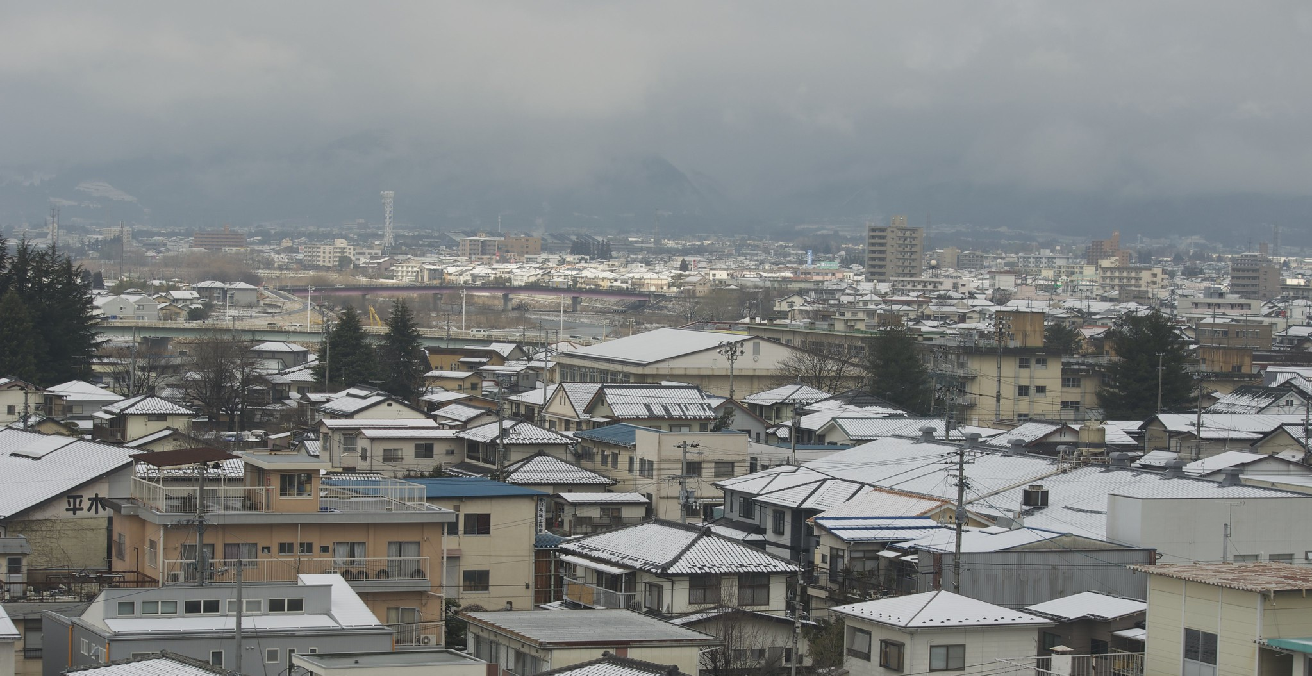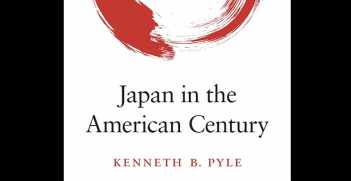A New Leadership Amidst Japan’s Ongoing Energy Transition

Under Abe’s guidance, Japan’s energy policy was a mixed bag, with a few hits and some major misses. Now, it falls upon Japan’s new prime minister to lead Japan on a path of just transition.
Yoshihide Suga took charge of the office of prime minister of Japan in September 2020 following the stepping down of the country’s longest-serving prime minister, Abe Shinzo, due to health reasons. Prime Minister Suga takes over the office at a time when Japan is facing multiple challenges: an ongoing pandemic, the troubled Japanese economy, postponement of Tokyo Olympics, the rise of an assertive China, and pressures of an ageing population, among others. An overarching issue in the backdrop of these is climate change, which is rapidly gaining prominence within Japan as it is in the rest of the world. As climate change and the energy sector are mutually reinforcing, the implications of the stance taken and policy push by Suga in this regard will have a lasting impact.
Japan continues to largely depend on fossil fuel imports to meet its energy demand. The country today is considered one of the largest energy consumers and energy importers (almost 96 percent) in the world. This places the energy sector at a crucial and sensitive position, making inevitable the stress upon energy security as a driving force of Japan’s energy policy. Also, as the energy sector is the largest contributor to greenhouse gas emissions in Japan, it will further act as a deciding factor in Japan’s successful realisation of a 26 percent reduction in greenhouse gas (GHG) emissions by 2030 from the 2013 level.
While Abe successfully provided Japan with much-needed political stability and continuity, which was lacking before him, his role and leadership concerning climate change and energy transition of Japan fell short in various aspects. Abe took office in the aftermath of the December 2012 Fukushima disaster and had been guiding the realm of energy transition of Japan since.
Post-Fukushima Japan underwent a reordering of its energy priorities by questioning the role and safety concerns which emerged with dependence upon nuclear energy. Its idea of nuclear energy as “dream energy” was severely transformed, if not squashed. Abe’s administration, however, has been accused of not being able to optimally utilise the “green opportunity” in the energy sector, which is at the core of the development of the nation.
Firstly, the complete nuclear phase-out plan of the previous government under the Democratic Party of Japan was scrapped. Instead, Abe reiterated the role and importance of nuclear energy for Japan by providing for a share of 22-20 percent nuclear energy in Japan’s energy mix by 2030. Secondly, according to the International Energy Agency, renewable energy made up 23.1 percent of Japan’s total energy generation compared to 18.6 percent in 2019. Even though as per projections of International Energy Agency’s World Energy Outlook of 2020, Japan will meet its present renewables Nationally Determined Contribution (NDC) by 2030, its ambitions have been criticised for being limited in their vision. As a result, various international climate forums have accused Japan of not living up to the expectations of the international community regarding its role in keeping global warming in check.
Lastly, the Abe era provided a set of important energy policy documents from the 2014 Strategic Energy Plan to the most recent Energy White Paper in June 2020. The former saw the “3E + S” thrust of Japanese energy policy, which emphasises energy security while striving for greater economic efficiency and harmony with the environment, with safety as a basic premise. It aspired for a “multi-layered and diversified flexible energy supply-demand structure” which included the continued existence of nuclear energy. On the other hand, the latest white paper recognises that though fossil fuels are necessary, investments in the sector today are highly uncertain. It highlights renewables to be the primary source of electricity. Abe’s leadership, however, has faced criticism for not setting clear targets resulting in vague blueprints which have remained confined to being only on paper.
Under Abe, Japan attempted to find the perfect balance between continued dependence on imported fossil fuels, reigniting its nuclear energy ambitions, as well as expanding its renewables base. The resulting success of this can be termed restrained at best.
As part of the policy speech by Prime Minister Suga Yoshihide after taking office to the 203rd session of the Diet, he stressed that his administration is firmly committed to ensuring a stable energy supply for the nation. While this indicates the continued focus of the Japanese government on the energy sector, details of his way forward are yet to be seen. It is important to note that renewable energy enhancement ambition continues to be followed by the desire for expansion of nuclear energy.
With the declaration of the aim to achieve carbon neutrality by 2050, whether nuclear energy makes a pronounced comeback in Japan’s energy mix or not will depend on the course of action set by Suga. With some ageing reactors and ruined reactors at Fukushima designated for decommissioning, the total capacity of nuclear power generation has been lowered by some 30 percent from before the Fukushima accident.
On the other hand, the Japanese government has reinstated its intention to continue with the nuclear fuel recycling program, which would involve extracting plutonium from spent fuel. This comes amidst international concerns regarding Japan’s existing massive plutonium stockpile and lack of prospects for effectively consuming it as nuclear fuel.
Suga has said that he intends to make a sustainable economy a pillar of his growth strategy and “put maximum effort into achieving a green society.” However, how he defines a green society will only be seen through the next triennial review of the government’s basic energy policy which will begin in the summer of 2021.
While the task may not be easy, Suga today stands at the cusp of leading Japan towards a just transition. This could also act as a political vantage point by garnering positive public opinion for the soon-to-be conducted elections in 2021. Thus, some of the areas which need to be looked into by the new Suga administration could include grid diversification, enhancing the present renewables target, practically envisioning the share and future of nuclear energy by taking into consideration the public acceptance as well as safety concerns, reducing or ending fossil fuel subsidies, and a clear ambition and blueprint for achieving the role Japan envisions for itself at the global green leadership stage.
With countries like China, India, Germany, and others making significant strides in the environmentally conducive sustainable economic model, Japan needs to create its niche to remain a relevant major player. As US leadership also shifts back to a political leader who believes in and supports climate change activism, there is hope that US Paris Agreement walkout will be reversed. This would bring back a major emitter and key player into the fight against global warming.
Japan thus has domestic as well as international incentives to take the road towards sustainable and safe energy options. This energy transition must come within the definition of a just transition, having positive socio-economic impacts across Japan spilling over to the world at large. The future of this transition now lays in the hands of Japanese political leadership under Suga.
Parul Bakshi is presently a third-year PhD student at the Japanese Division of Centre for East Asian Studies, School of International Studies, Jawaharlal Nehru University, India. She is working on research titled, “Japan’s Post-Fukushima Energy Transition Towards Renewable Energy: Lessons from German Energiewende.” Parul has been awarded the Mitsubishi Cooperation International Scholarship in recognition for excellence in Japanese language and was part of a Study Tour organised by Japan Foundation in 2014 to visit Japan.
This is an extract of Bakshi’s article in the Australian Journal of International Affairs titled, “A new leadership amidst Japan’s ongoing energy transition.” It is republished with permission.





